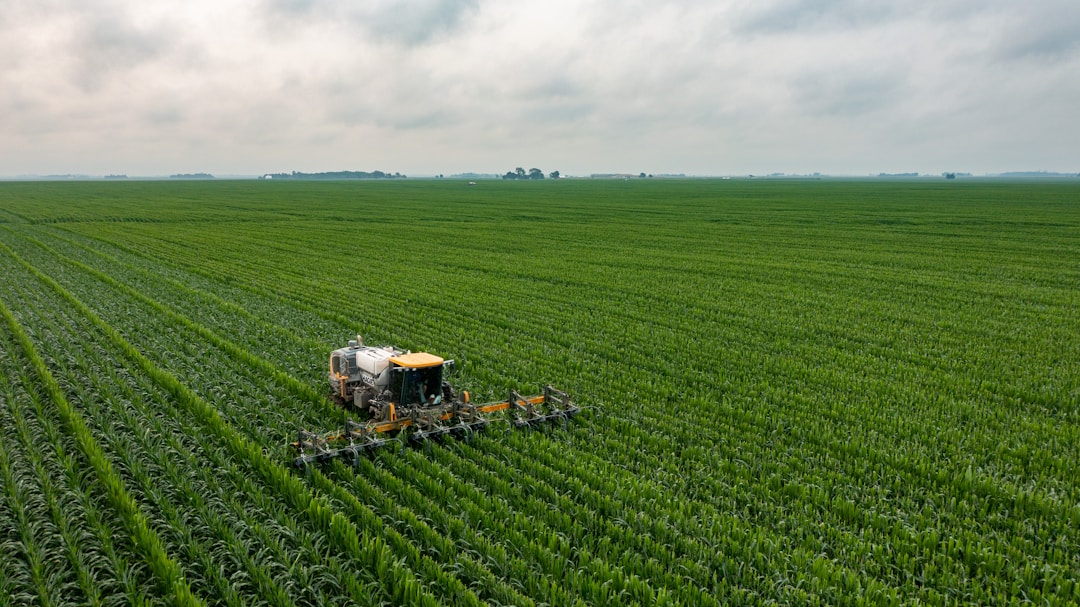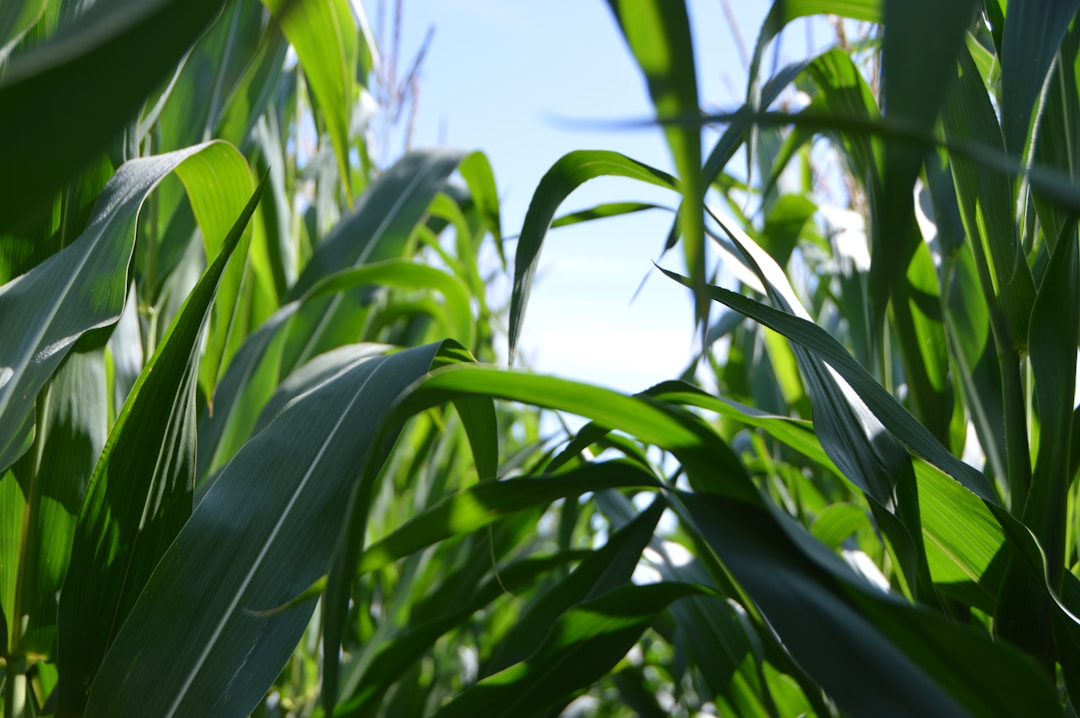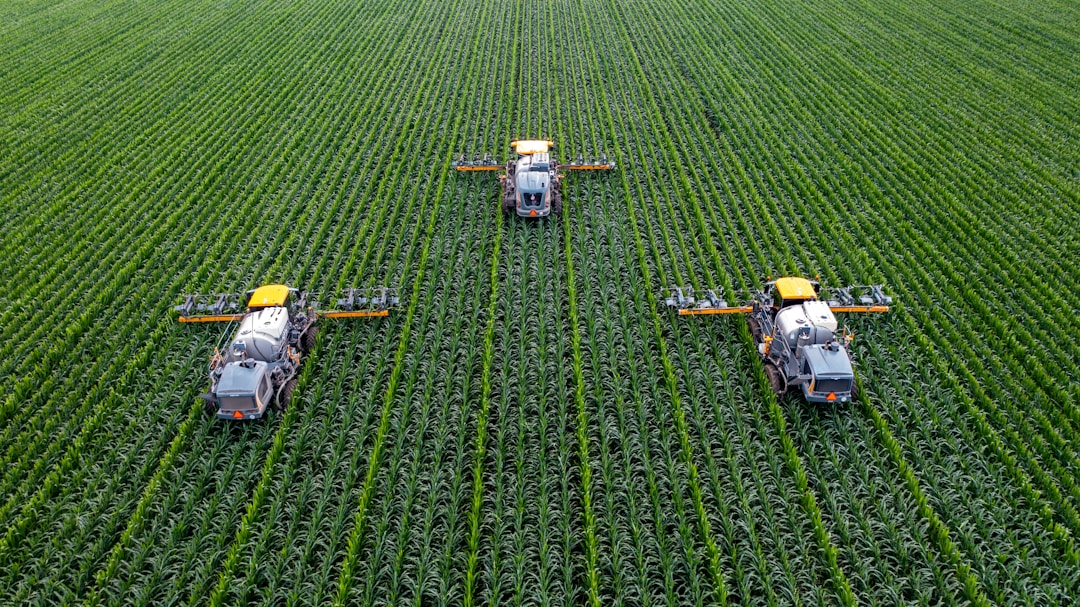What are the preparations for the use of fertilizers?
May 08,2024

1. understanding of fertilizer types and characteristics Before using fertilizers, you must first understand the types and characteristics of different fertilizers. Fertilizer is mainly divided into organic fertilizer and inorganic fertilizer two categories. Organic fertilizers, such as manure and humus, are rich in organic matter and trace elements, which can improve soil structure and soil fertility. Inorganic fertilizers such as nitrogen fertilizer, phosphate fertilizer, potassium fertilizer, etc., mainly provide nutrients required for crop growth. Knowing the characteristics of various types of fertilizers, you can choose the right fertilizer according to crop needs and soil conditions.
2. Soil Testing and Fertilization Strategy Development Soil testing is a critical step before fertilization. Through soil testing, the content and proportion of nutrients in the soil can be understood, so as to formulate targeted fertilization strategies. According to the soil test results, the proportion of organic fertilizer and inorganic fertilizer can be adjusted to ensure the balance of nutrients in the soil. In addition, it is necessary to consider the type of crop, growth stage and expected yield, and make a reasonable fertilization plan.
3. purchase and storage of fertilizer When preparing to use fertilizer, first buy enough fertilizer. When buying fertilizer, choose a reputable supplier to ensure the quality and safety of the fertilizer. At the same time, according to the soil test and fertilization plan, calculate the required fertilizer type and quantity. After purchasing the fertilizer, it should be stored properly to avoid moisture, caking or impurities. Fertilizers should be stored in a dry, ventilated place, away from fire and flammable materials.
4. selection of appropriate timing of fertilization is the key to improve the utilization rate of fertilizer. Generally speaking, the timing of fertilization should be determined according to the growth stage of the crop and the weather conditions. Fertilization during periods of high crop growth and high demand for nutrients can achieve better results. In addition, it is also necessary to consider weather conditions and avoid fertilizing in rainy or low temperature weather, so as not to affect fertilizer efficiency.
Preparation of 5. fertilization tools and methods Before fertilization, prepare suitable fertilization tools, such as shovels, fertilizer applicators, sprayers, etc. According to the type of fertilizer applied and the characteristics of the crop, the appropriate fertilization method is selected. Such as application, strip application, hole application, etc. For liquid fertilizers, a sprayer can be used for foliar application. Different fertilization methods are suitable for different crops and occasions, and should be selected according to the actual situation.
6. safety precautions When using fertilizers, pay attention to safety issues. Avoid inhalation of dust, contact with skin, or ingestion. When applying fertilizer, wear protective clothing, masks and gloves to reduce contact with fertilizer. In addition, follow the instructions and safety warning signs on the fertilizer packaging, and correctly prepare and use the fertilizer. After application, the applicator should be cleaned to avoid the residue causing harm to the environment and human body.
Reasonable collocation and mixed use of 7. In order to improve the effect and utilization rate of fertilizers, different fertilizers can be reasonably collocated and mixed. Such as organic fertilizer and inorganic fertilizer mixed use, can improve the ability of soil fertilizer and crop disease resistance. In addition, different types of inorganic fertilizers can be used according to crop needs and soil conditions to meet the various needs of crop growth.
Evaluation and adjustment of 8. fertilization effect After using fertilizer, the effect of fertilization should be evaluated regularly. By observing the growth, yield and quality of crops, we can understand the effect of fertilizer on crops. If the effect is not good, the fertilization strategy should be adjusted in time, such as increasing the amount of fertilizer, changing the fertilization method or adjusting the fertilizer ratio. Through continuous practice and adjustment, suitable fertilization scheme can be found.
Previous Page:
Next page:
Contact Us
E-mail:
haobo227@126.com
Mobile/WeChat:
86-13383022757
Address:
888 Jianguo Road, Lianchi District, Baoding City



